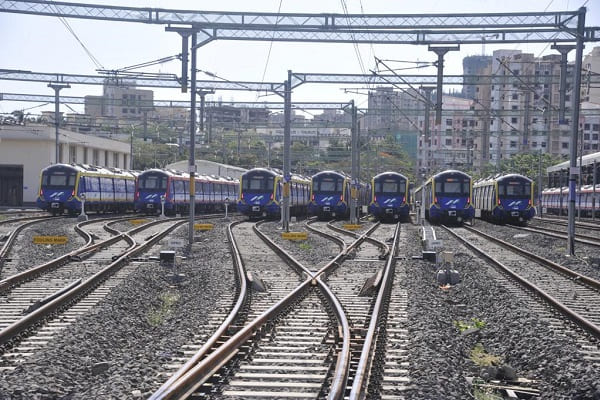 RIFTEK achieves major milestones in partnership with Indian Metro Rail Systems
RIFTEK achieves major milestones in partnership with Indian Metro Rail Systems Egypt all set to launch Alexandria Metro Phase 1 by 2026
Egypt all set to launch Alexandria Metro Phase 1 by 2026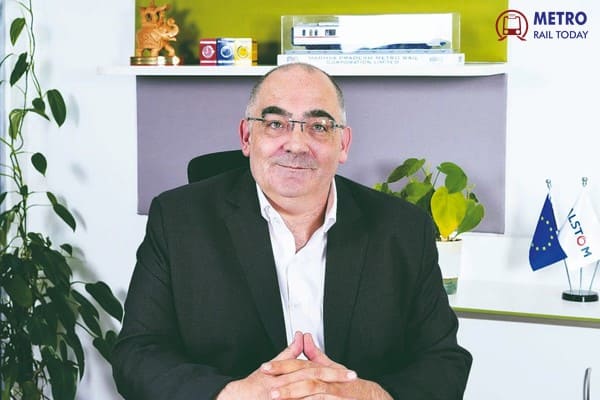 How Alstom became the Engine of India’s Rail Modernisation?
How Alstom became the Engine of India’s Rail Modernisation?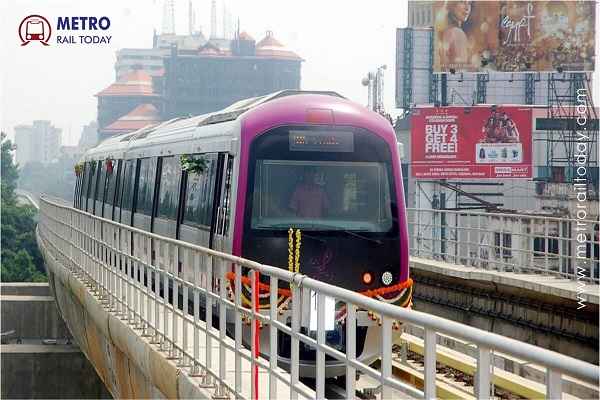 BEML bags additional ₹414 Crore Order from BMRCL for six more Driverless Metro Trainsets
BEML bags additional ₹414 Crore Order from BMRCL for six more Driverless Metro Trainsets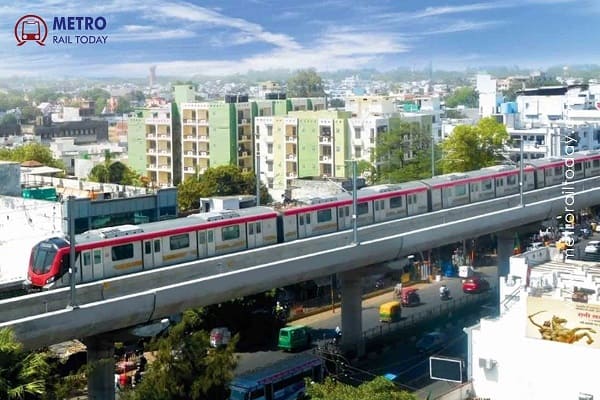 Uttar Pradesh to expand 1,575 km Metro Rail Network by 2047
Uttar Pradesh to expand 1,575 km Metro Rail Network by 2047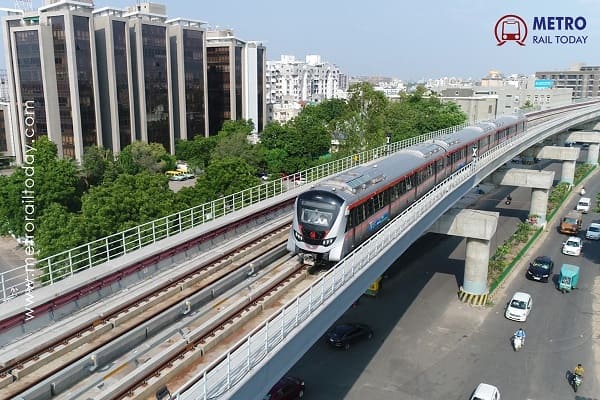 Ahmedabad to unveil India’s First 16-Storey Multimodal Railway Station by 2027
Ahmedabad to unveil India’s First 16-Storey Multimodal Railway Station by 2027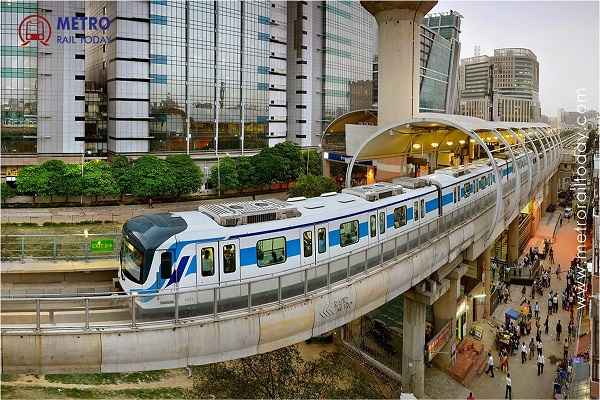 Gurugram plans 15.2-Acre Multi-Modal Transport Hub to integrate RRTS, Metro and Bus Services
Gurugram plans 15.2-Acre Multi-Modal Transport Hub to integrate RRTS, Metro and Bus Services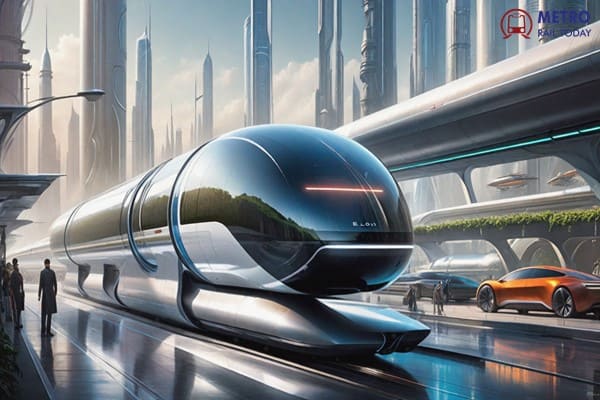 France unveils EcoTrain: A lightweight, driverless Railcar begins dynamic testing on secondary lines
France unveils EcoTrain: A lightweight, driverless Railcar begins dynamic testing on secondary lines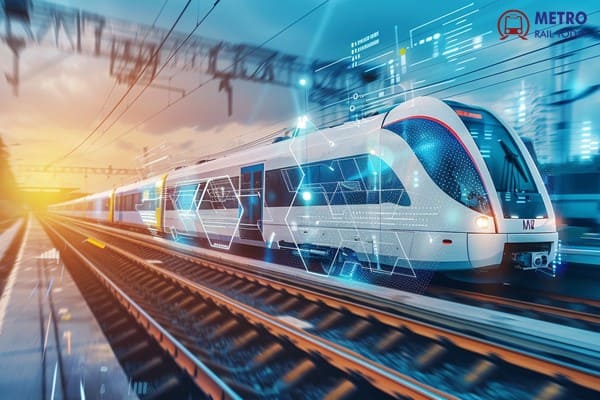 Wabtec Corporation acquires Frauscher Sensor Technology at €675 million
Wabtec Corporation acquires Frauscher Sensor Technology at €675 million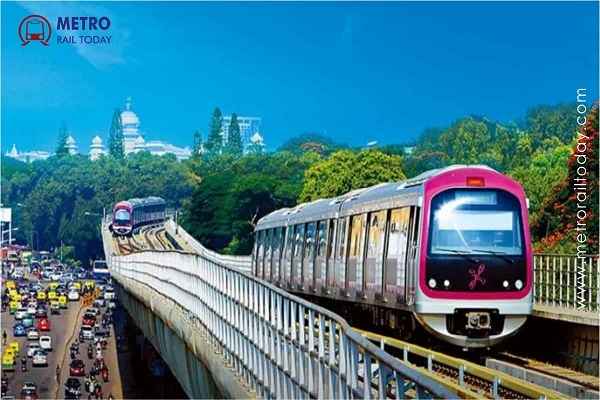 Becquerel emerges as Lowest Bidder for two Geotechnical contracts of Bangalore Metro Phase 3
Becquerel emerges as Lowest Bidder for two Geotechnical contracts of Bangalore Metro Phase 3
The Skyline Rail Project: Revolutionizing Rapid Transportation in Honolulu, Hawaii

Honolulu, the vibrant capital city of Hawaii in the United States, is renowned for its stunning beaches, rich culture, and bustling urban life. However, like many metropolitan areas, it faces the challenge of traffic congestion, exacerbated by its unique geographical constraints as an island nestled between the ocean and mountains. For years, residents and visitors alike have grappled with the frustrations of navigating congested roadways, particularly along the heavily traveled H-1 freeway.
Amidst these challenges, the city embarked on an ambitious journey to transform its transportation landscape with the construction of the Skyline Rail Project. Spearheaded by the Honolulu Authority for Rapid Transportation (HART) and supported by global technology leader Hitachi, this groundbreaking initiative aims to revolutionize mobility on the island, offering cleaner, more efficient, and sustainable transit options.
Addressing Honolulu's Traffic Woes
Honolulu's population growth, coupled with its thriving tourism industry, underscored the urgent need for innovative transportation solutions. Mayor Rick Blangiardi highlighted the pressing issue, emphasizing the city's reliance on a road network hemmed in by natural barriers. Recognizing the limitations of traditional transportation systems, the advent of a modern rapid transit system became imperative to alleviate congestion and enhance connectivity across the island.
Introducing the Skyline Rail Project
The Skyline Rail Project heralds a new era in transportation for Honolulu, introducing the first fully autonomous elevated rail network in the United States. Developed in three phases, the project's initial 11-mile segment, spanning from East Kapolei to Aloha Stadium, commenced operations on June 30th, 2023. Future expansions will extend the network to key destinations, including the Daniel K. Inouye International Airport and Joint Base Pearl Harbor-Hickam, ensuring seamless connectivity for residents and visitors alike.
Equipped with state-of-the-art technology, the Skyline Rail trains offer passengers a comfortable and convenient travel experience. From spacious interiors to Wi-Fi connectivity and ADA-compliant facilities, these electrically powered trains prioritize passenger safety and accessibility, setting a new standard for urban transit.
Expanding Horizons: The Future of Skyline Rail
Skyline is a light metro system in the City and County of Honolulu on the island of Oʻahu, in the state of Hawaiʻi. Phase 1 of the project opened June 30, 2023, and lies entirely outside of Urban Honolulu, linking East Kapolei (on the ʻEwa Plain) and Aloha Stadium. Phase 2, connecting to Pearl Harbor and Daniel K. Inouye International Airport before reaching Middle Street, is anticipated to open in mid-2025. The final phase, continuing the line across Urban Honolulu to Downtown, is due to open in 2031. Its construction constitutes the largest public works project in Hawaiʻi's history.
The 18.9-mile (30.4 km), automated fixed-guideway line was planned, designed, and constructed by the Honolulu Authority for Rapid Transportation (HART), a semi-autonomous government agency. Hitachi Rail, who also built the railcars used on the line, operates Skyline for the Honolulu Department of Transportation Services (which also manages the region's TheBus service). The almost entirely elevated line is the first large-scale, publicly run metro in the United States to feature platform screen doors and driverless trains. In 2023, the line had a ridership of 614,800, or about 2,900 per weekday as of the fourth quarter of 2023.
The construction of Skyline is financed by a surcharge on local taxes as well as a $1.55 billion grant from the Federal Transit Administration (FTA). After major cost overruns, the tax surcharges were extended in 2016 by five years to raise another $1.2 billion; however, that additional funding was only sufficient for construction out to Middle Street in Kalihi. The FTA stated that its contribution is contingent on the completion of the line to Ala Moana Center and will not be increased. After much wrangling, the state legislature in 2017 approved $2.4 billion in additional taxes to allow the city to complete the project according to the original plan.
The process to award the contract for building the final 4.3-mile (6.9 km) section through downtown Honolulu was suspended in 2015. The process was restarted in September 2017, and the first major contract for that section, estimated at $400 million, was awarded in May 2018.
The final cost has grown from preliminary projections of $4 billion in 2006 to as much as $12.4 billion by 2021. Critics have called for a "forensic audit" to establish the cause of the increase. The tax increase legislation passed in 2017 also requires the State auditor to carry out an audit of the project's accounts and to consider alternatives for completing the system. The projected shortfall for the rail project is roughly $3 billion, with the completion date pushed back to 2031.
An estimate released in November 2020 put the total cost of the project's construction and financing at $11 billion, and pushed back its expected completion date to 2033, with delays due to the COVID-19 pandemic and utility relocation work. By March 2021, this had grown to $12.4 billion, with its estimated completion date moved forward to March 2031. Its construction constitutes Hawaiʻi's largest public works project ever.
Skyline consists of an almost entirely elevated rapid transit line from the eastern edge of Kapolei, near the University of Hawaiʻi–West Oʻahu campus, to the Hawaii Capital Historic District, with a future expansion planned to Ala Moana Center (east of downtown Honolulu). It will have twenty-one stations and run from Kapolei to Honolulu on the southern shore of Oʻahu, passing through Waipahu, Pearl City, Waimalu, Aiea, and Halawa. The only at-grade trackage is a 0.6-mile (0.97 km) section near Leeward Community College, but has no grade crossings.
The full project is divided into four sections with overlapping construction periods and expected revenue service dates:
- In 2016, the western portion of the line comprising the first segment (Kualakaʻi to Hālawa) was scheduled to open in late 2020, and the remaining portion and final three segments (Hālawa to Kālia) in late 2025. In March 2021, this latter date was pushed back to 2031. On May 9, 2023, it was announced that the first segment would open the following month on June 30.
- The project also anticipates opening the second segment of service from Hālawa to Kahauiki in the summer of 2025, ahead of the previously estimated date of 2031.
- The third segment from Kahauiki to Kaʻākaukukui is still expected to open in 2031.
- The final two stations between Kaʻākaukukui and Kālia have been indefinitely deferred, although HART says it remains committed to completing them in the future.
Sustainable Mobility for a Greener Future
Honolulu's commitment to sustainability resonates deeply with the Skyline Rail Project's objectives. As the city endeavors to reduce its carbon footprint, the introduction of eco-friendly transportation alternatives becomes paramount. Hitachi's collaboration with local authorities aligns with Honolulu's vision to transition to renewable energy sources, significantly diminishing the environmental impact of traditional commuting practices.
By diverting approximately 40,000 car trips per day to the Skyline Rail, the project contributes to reduced traffic congestion and decreased reliance on fossil fuels. Moreover, the integration of transit-oriented development initiatives promotes eco-conscious urban planning, safeguarding the island's natural heritage for future generations.
Ensuring Safety and Reliability
Central to the Skyline Rail Project is its unwavering commitment to passenger safety and operational excellence. Hitachi's autonomous train system, coupled with rigorous safety protocols, eliminates the risk of human error, ensuring a secure and efficient transit experience. With advanced surveillance systems and emergency response mechanisms in place, passengers can travel with confidence, knowing that their well-being is paramount.
A Partnership for Progress
The successful implementation of the Skyline Rail Project underscores the power of collaboration between public and private entities. Hitachi's extensive expertise in rail technology, coupled with its commitment to service reliability, has been instrumental in the project's success. From seamless operations to unparalleled service adherence, Hitachi's contributions have set a new benchmark for transit excellence in Honolulu.
Looking ahead, Mayor Blangiardi envisions a future where the Skyline Rail catalyzes community growth and prosperity. As Honolulu embraces sustainable transportation solutions, it paves the way for a brighter, more interconnected urban landscape, setting a precedent for cities worldwide.
In summary, the Skyline Rail Project represents a transformative endeavor that transcends mere transportation infrastructure—it embodies Honolulu's unwavering commitment to innovation, sustainability, and inclusive urban development.




